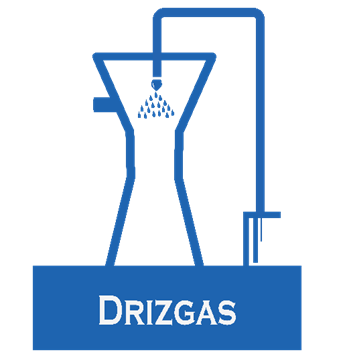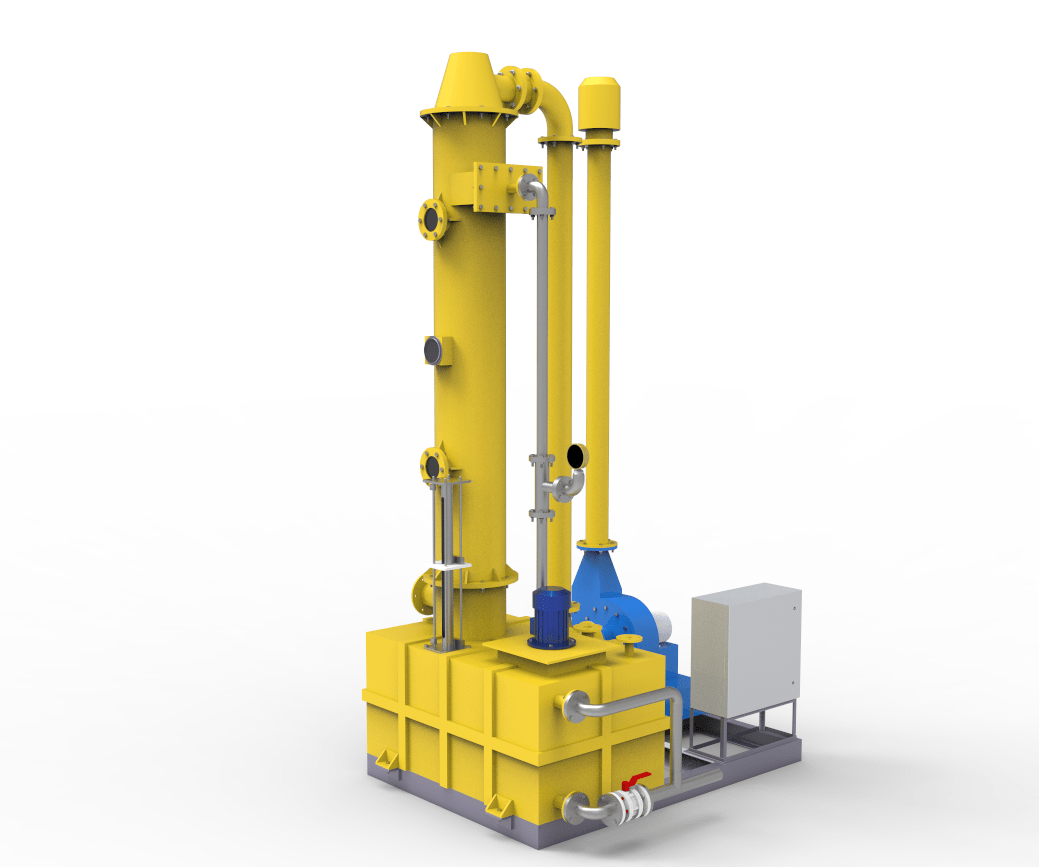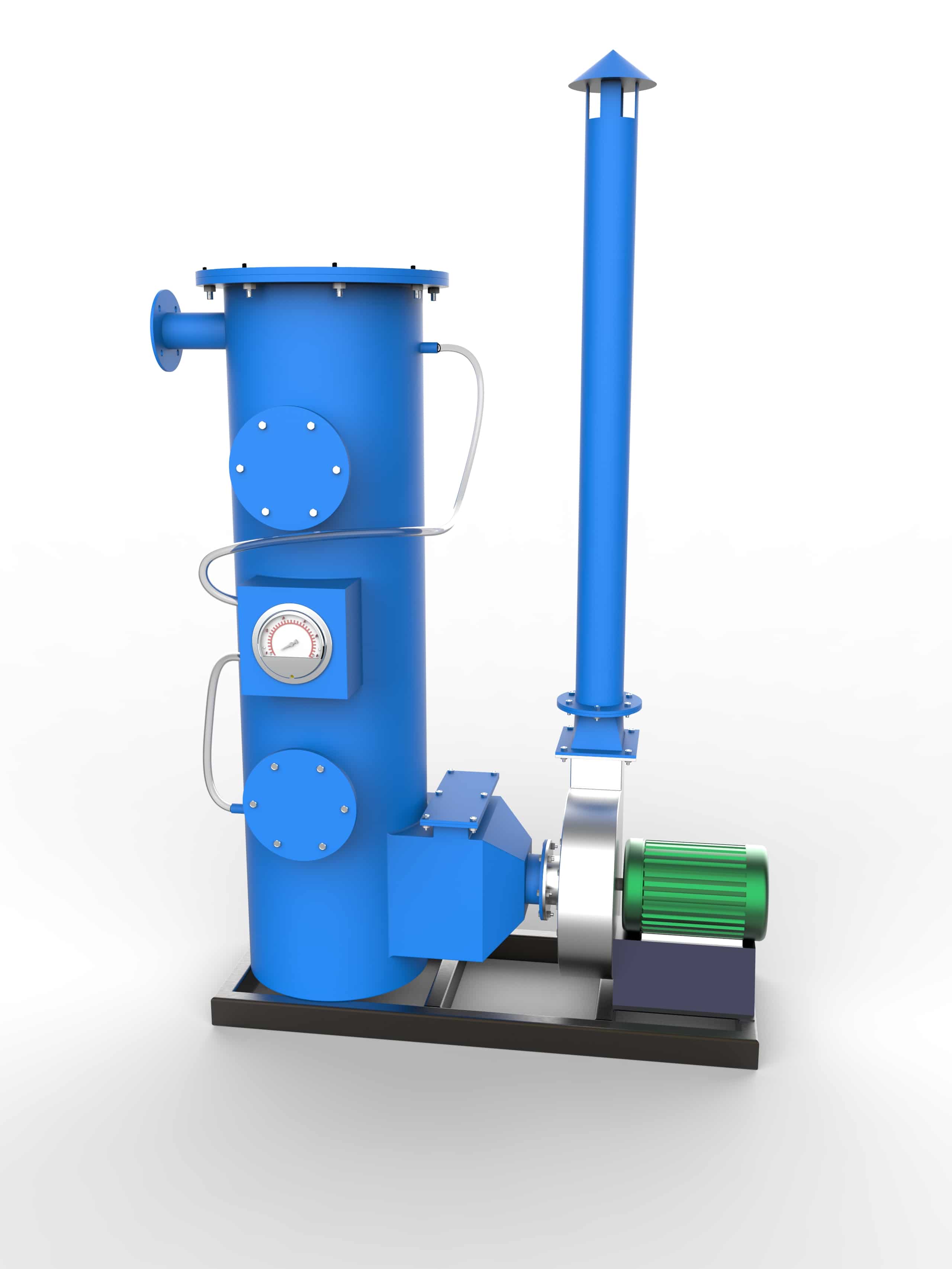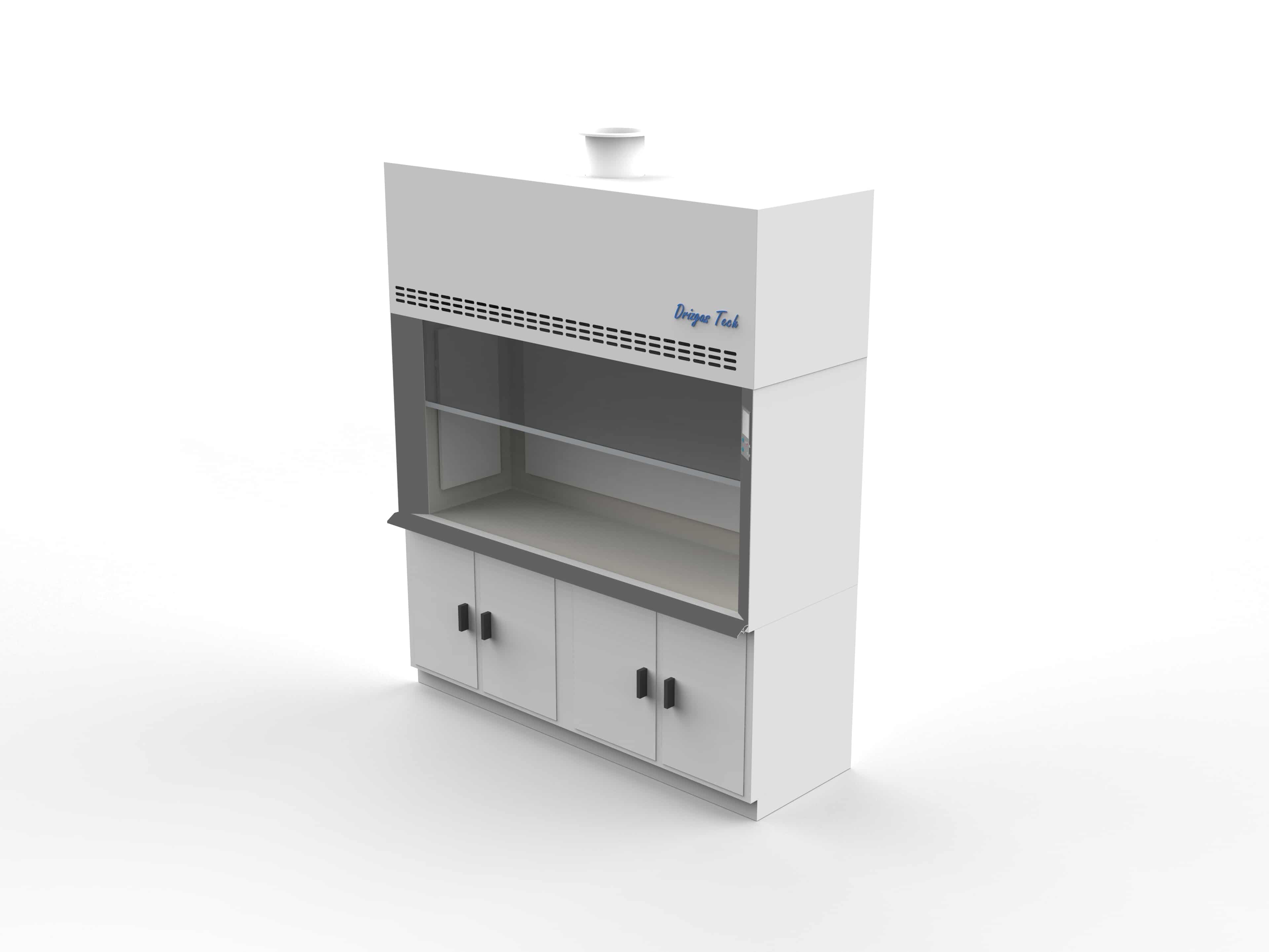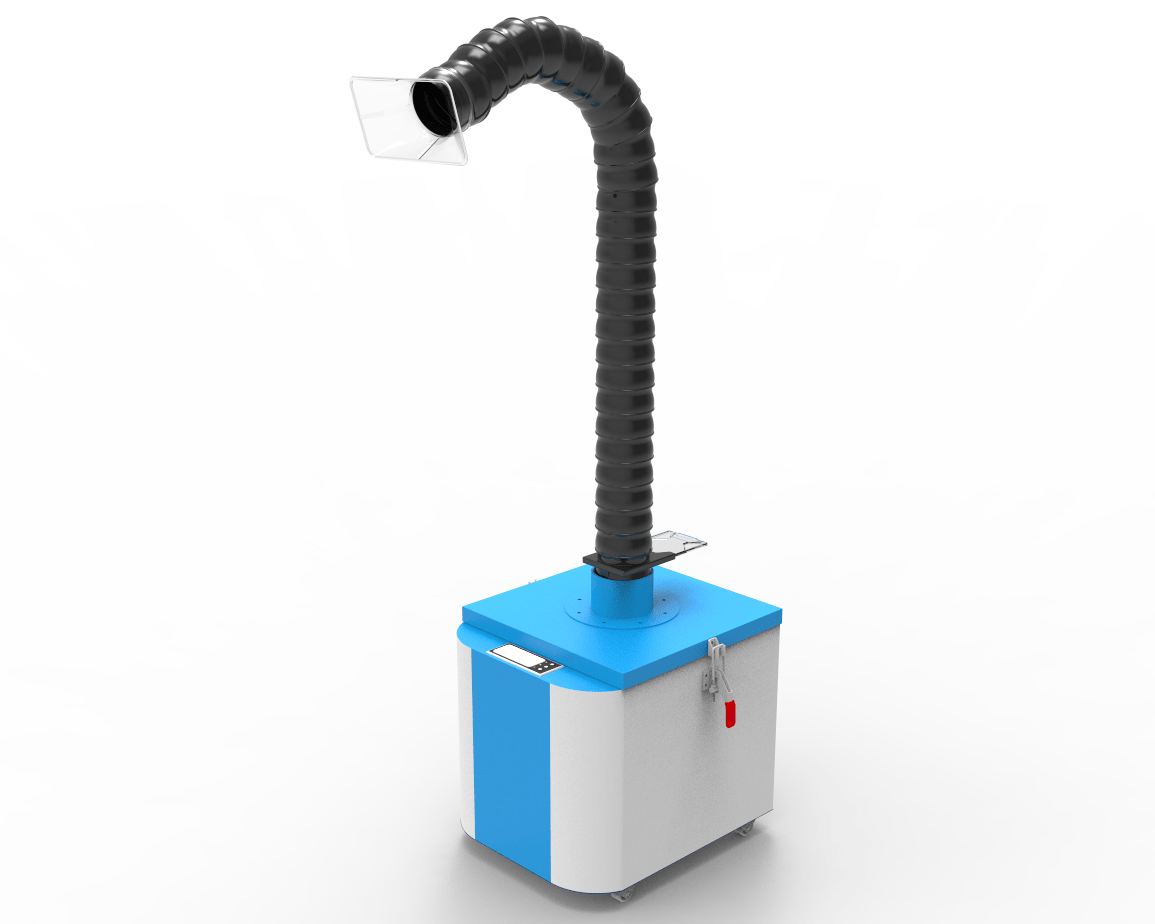Drizgas's Products
Dry Scrubbers
Drill Machine
A dry scrubber or dry scrubber system is one type of scrubber that is used...
Fume Extractor
Drill Machine
A Wet Scrubber operates by introducing the dirty gas stream with a scrubbing liquid...
About our Company
We introduce ourselves “DRIZGAS TECH” as an organization
Committed to provide quality product and services for air pollution control with
excellent performance. We are specialized in chemical fumes control using fume
extractor, wet scrubber, dry scrubber
for variety of indoor industrial applications: Chemical, pharmaceutical processes,
reactors, chemical mixing, fume hood, research laboratories, Acid etching, solvent
cleaning etc.
Our products and services are guaranteed to comply with recent pollution control
board norms and local emission regulations. Our company is dedicated to provide
innovative cost effective solutions for
the industrial air pollution problems at indoor. With proven technology, we assist
customer to select and design effective air pollution control systems. The
capabilities we have are selecting
suitable technique to capture and control chemical fumes.
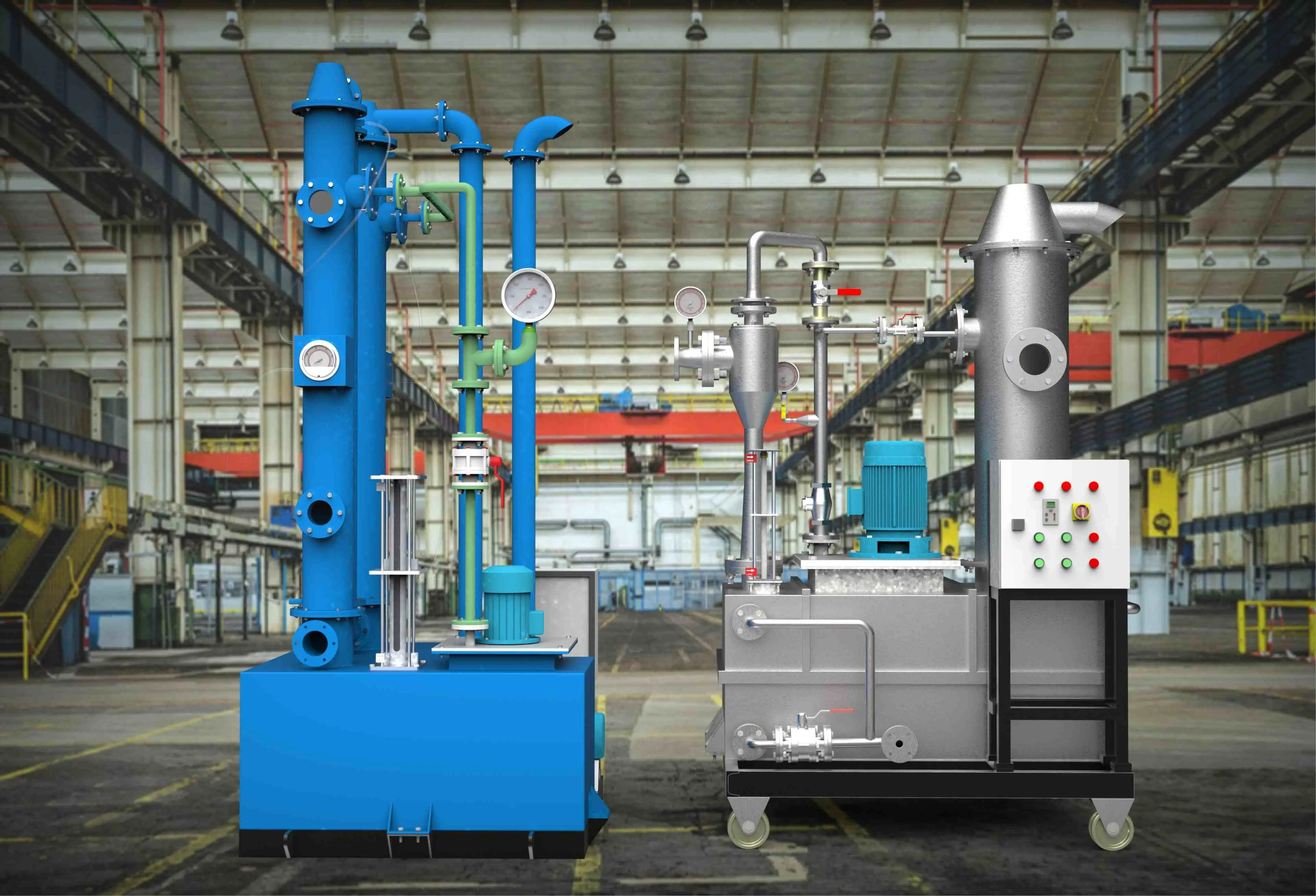
Industries We Serve
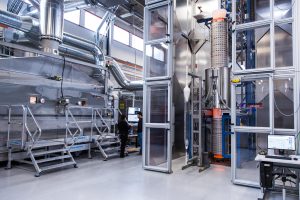
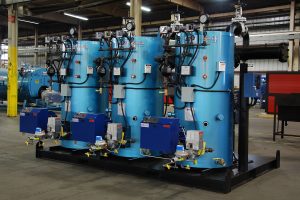
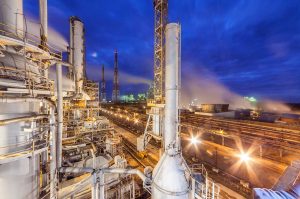
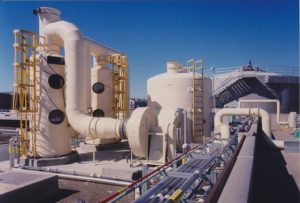


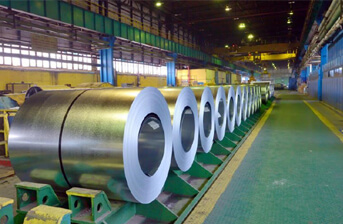
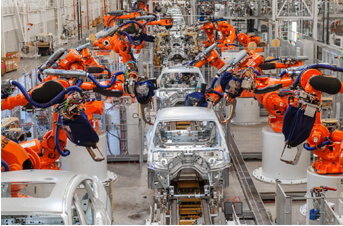
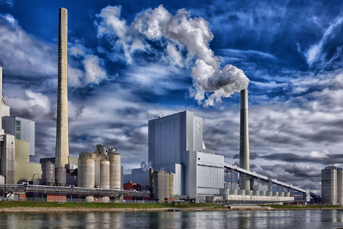

General Questions
Frequently Asked Question
-
How many hours will take to get quote?12 hours to 48 hours
-
How much time will take to supply the products?3 to 4 weeks for Standard products6 to 12 weeks for Customized products
-
Which standard is followed by company?BS 4994 for Fiber Reinforced Plastics (FRP)ASME std. for Stainless Steel materials
-
How many months of warranty period for products supplied ?18 months from the date of supply
-
How to contact technical person ?You can mail to info@drizgas.com and it will be directed to technical person within 12 hours
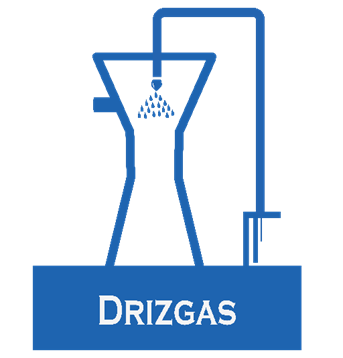
Air Pollution Control
Drizgas is a major supplier of Air Pollution Control Systems that includes a full range of products including: Biological Scrubbers, Wet Chemical Scrubbers, Regenerative Carbon Adsorption Scrubbers, Emergency Chlorine Scrubbers, Eductor and Venturi type Scrubbers, Gas and Liquid Incinerators are serving many stringent applications in various industries.
Our Testimonial
